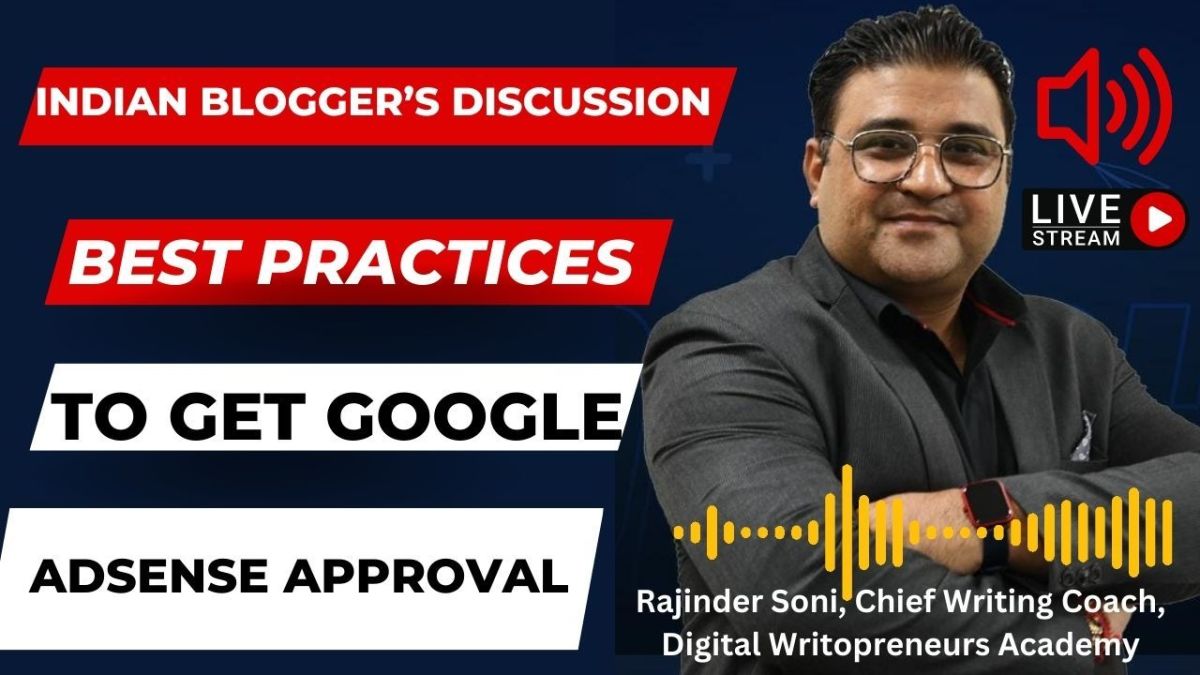- HubPages»
- Business and Employment»
- Employment & Jobs»
- Employment Advice & Tips
Best Practices for Adjunct Online College Instructors

Adjuncts (part-time instructors) have become the lifeblood of many colleges and universities, especially for colleges that are virtual and offer only online classes. While a lot of the advice given to full-time and traditional college instructors can be carried over, there are some vital differences that require instructors to think and act differently.
I began teaching over ten years ago, and at the time, there wasn’t that much call for online instructors. Learning management systems (like Blackboard, Moodle, and Canvas) were still in their infancy, and only a few schools were purely online. A few had started looking into the concept of online classes, but it was still hard to find online classes and harder still to find online degrees. Lucky for me, I had the privilege of earning my BS in Information Technology online with University of Phoenix and my MA in English Literature from Mercy College. Those experiences gave me an edge in knowing what to do when I began teaching online myself. Being an online student before becoming an online teacher gave me some insight that helped me earn awards and accolades in my teaching positions.
First: Grading your online students.
Feedback is vitally important in the online world. Students may not feel as comfortable approaching their instructors, and so being clear and encouraging – and quick! – in grading can make all the difference between students who stay and student who drop out or stop out. It’s best to get the work back to students within 48 hours of the due date, or if it’s submitted and accepted late, within 48 hours of the submission. Be sure to include comments within the assignment itself as well as a short encapsulated response. It can be as simple as a few sentences, letting the student know what was done well (great writing!) and what could be improved (I would like to see more details about the theory that you brought up).
Have you ever taken an online class?
Second: Checking in with your online students.
It may take more time than you want it to some weeks, especially if you’re teaching during a holiday break, but it’s worth it in the long run. When students aren’t logging in regularly, when they’re missing deadlines for work, or when they are submitting work that just isn’t as good as their norm, it’s time for instructors to send a quick note. You can begin by sending an email, either through the classroom itself (if that’s an option) or through their personal email address. Make sure to be non-specific and non-judgmental. A quick note to say that you’re missing them or hope that they’re doing okay is enough. If you don’t get a response, or if the student continues to miss work or not log in, go ahead and give them a call. Again, make sure to stay open and let them know that you’re worried about them. It gives them a good opening to tell you if there’s a problem. It may be as simple as a broken computer or as complex as a broken marriage, but giving the students an opening to talk and ask for help can make a huge difference in their success. If your school has counselors or advisors, now’s a good time to also ask them to step in and try to get the students back on track to success.

Third: Talking to your online students.
Now, when I say talking, I’m not necessarily just referring to phone calls because, as an online instructors, you may never actually have that chance. Instead, talking really refers to any communication you have. If you do get the chance to chat on the phone, smile while you talk. It really makes a difference in your voice. I always had students tell me that I sounded happy and friendly, and it made them feel better about asking for help. If you’re responding through email or even through an instant/private message system, think about how you could smile online. Emoticons are not a bad thing when communicating privately with a student. Give them that smile, and be encouraging with your communications. Always think about what it would be like on the receiving end of the message, and if that means you need to write it, read it, and then re-write it before you send it, spend that extra time.
Fourth: Being there for your online students.
Many colleges and universities have rules about how often an online instructor must check in, but not all schools do. And even those that have rules may not enforce them. As an online instructor, it’s up to you to be responsible and responsive. What might feel like a short wait of 24 hours for a response to you might feel like an unreasonable wait for a student who is struggling with an assignment, has a question about a grade, or is simply stressed out over their workload. Checking in at least once a day – especially at night and over the weekend – can help make students feel like they are getting the attention they need and can make them feel more confident in their work.
If you took an online class, did you have a problem reaching your instructor when you needed help?
Fifth: Availablity for your online students
Hold virtual office hours! Having a dedicated time when you will be at your phone (or on Skype or in ICQ or even a Google Hangout) will make your students able to get that real-time response that they otherwise lack. You can also have given times when you will return or accept phone calls. Many online instructors have other full-time jobs, and students who take online classes are often in the same boat of working full-time while going to school part-time, so having those hours over the weekend or at night can be the best way to handle it.
Sixth: Using online tools for your online students.
. I’ve already mentioned instant messaging programs, Google Hangout, Skype, and email. Using the tools that are out there that let students talk to you without having to be real-time or can enhance your teaching will make a big difference in how approachability is viewed. Another option is to find screen capture software, like Jing, which allows instructors to make quick videos. There’s nothing like providing feedback on an assignment through video where the student can hear the instructor and see their paper! If instructors keep up with technology, it helps their students in more ways than one. The students are able to get the help from the newest tools, and the student also get exposure to the technology, which they may be able to use in their own lives or jobs.
Seventh: Professional development helping online instructors develop.
I highly recommend joining professional organizations, such as the USDLA (United States Distance Learning Association) as well as their state chapters. Depending on where instructors are teaching, they can also join groups like community college associations based in their state. Depending on the subjects that instructors are teaching, they can join subject-matter groups, like the NCTE (National Council of Teachers of English). These groups can help with information on best practices that are specific to the topic or class level/size, as well as providing journals to read and publish in, chances to attend workshops, and more. And don’t forget about technology groups and textbook publishers. Many of them offer free online workshops to teach about their products, and even if you’re unable to use the particular product, you may still learn something that helps you in your role.
Helpful Links
There are many other things you can do to help your students succeed, but these seven tips are a great place to start if you’re finding yourself struggling with making your students (and yourself) successful.









